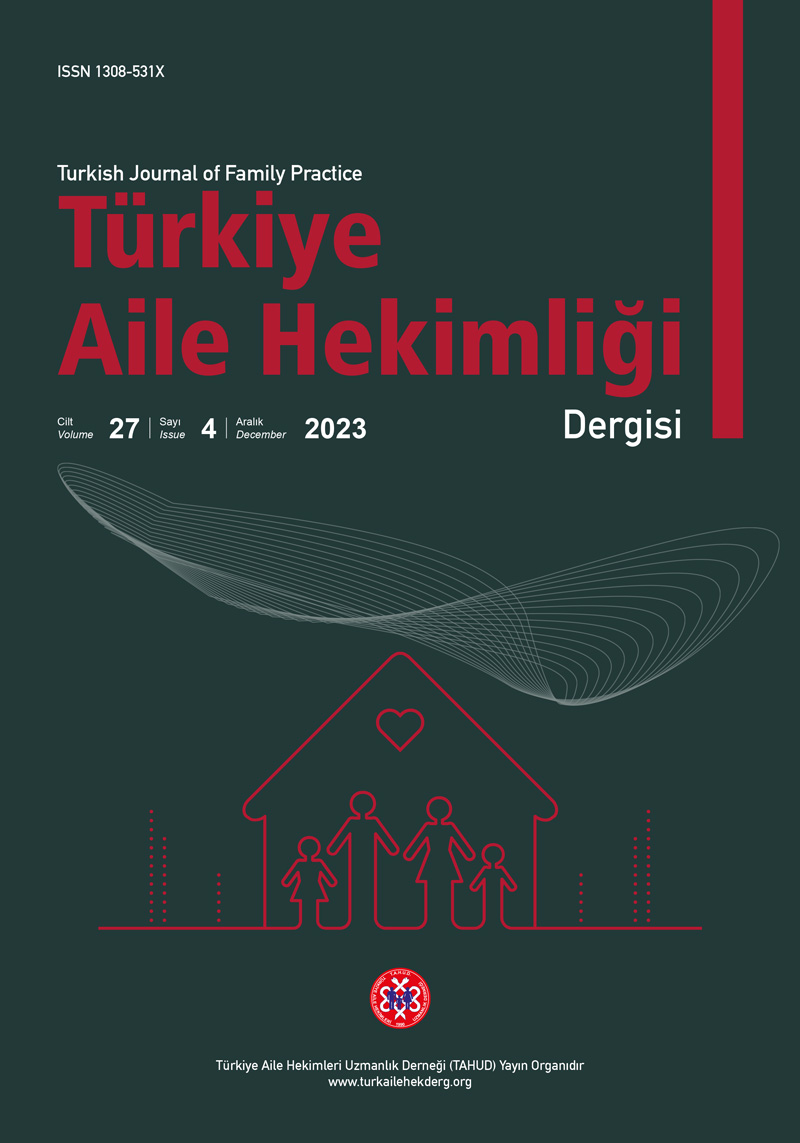Abstract
Objective: In our study, it was aimed to evaluate the urine culture results of patients receiving home care services and to examine the antibiotic susceptibility of isolated agents.
Methods: Our research was carried out in Samsun Training and Research Hospital Home Care Services between 01.02.2022 and 01.02.2023 by retrospectively evaluating the urine culture results obtained from patients with urinary infection symptoms. In this process, all patients who were registered to home care services, aged 18 and over, with or without a urinary catheter, and with complete demographic and clinical data were included in the study. Variables of the demographic and clinical data of the participants and descriptive data for the factors were given as frequency (n and %) tables, and continuous variables were given as mean±standard deviation. SPSS 26.0 package program was used for data analysis.
Results: A total of 162 people were included in the study. 61.7% (n=100) of them were female. The mean age was 75.49±15.95 years. The median value was found to be 2 (minimum: 1-maximum: 10) when the frequency of urinary infections in the patients within a year was examined. A total of 224 urine culture results were evaluated. When the incidence of urinary agents is evaluated, Escherichia coli (32.6%) being the most common, Klebsiella pneumonia (23.2%), Pseudomonas aeruginosa (16.1%), Candida albicans (7.6%), Proteus mirabilis (5%, 8), Enterobacter cloacae (4.5%). The antibiotic susceptibility of the agents isolated from urine cultures was 84.9% to nitrofurantoin in Escherichia coli strains and 63.5% to gentamicin in Klebsiella pneumonia strains. When the general susceptibility rates of the isolates to antibiotics were examined, it was determined that gentamicin was 66.5%, ertapenem-imipenem-meropenem 54.5%, piperacillin-tazobactam 48.7%, and nitrofurantoin 46.0%.
Conclusion: Escherichia coli is the most common urinary tract infection agent in home care patients. Next comes Klebsiella pneumonia and Pseudomonas aeruginosa. The susceptibility of agents obtained from urine cultures to antibiotics was found to be low. We recommend the use of nitrofurantoin in terms of empirical treatment that can be given to patients enrolled in home care services in our hospital.
Keywords: Aged, bacteriuria, home care services, urinary catheterization, urinary tract infection
Copyright and license
Copyright © 2023 The Author(s). This is an open access article distributed under the Creative Commons Attribution License (CC BY), which permits unrestricted use, distribution, and reproduction in any medium or format, provided the original work is properly cited.










